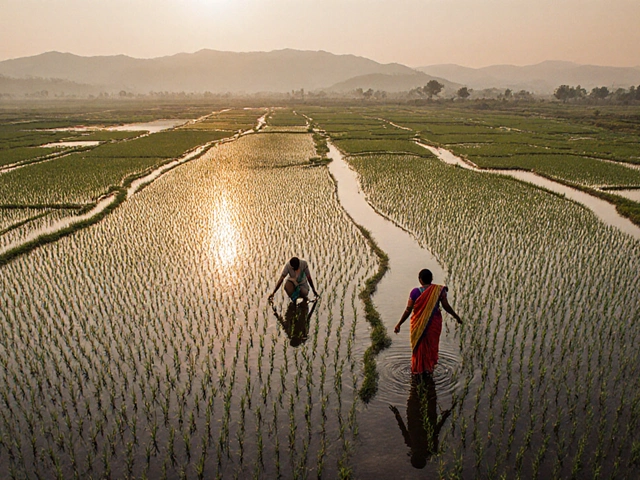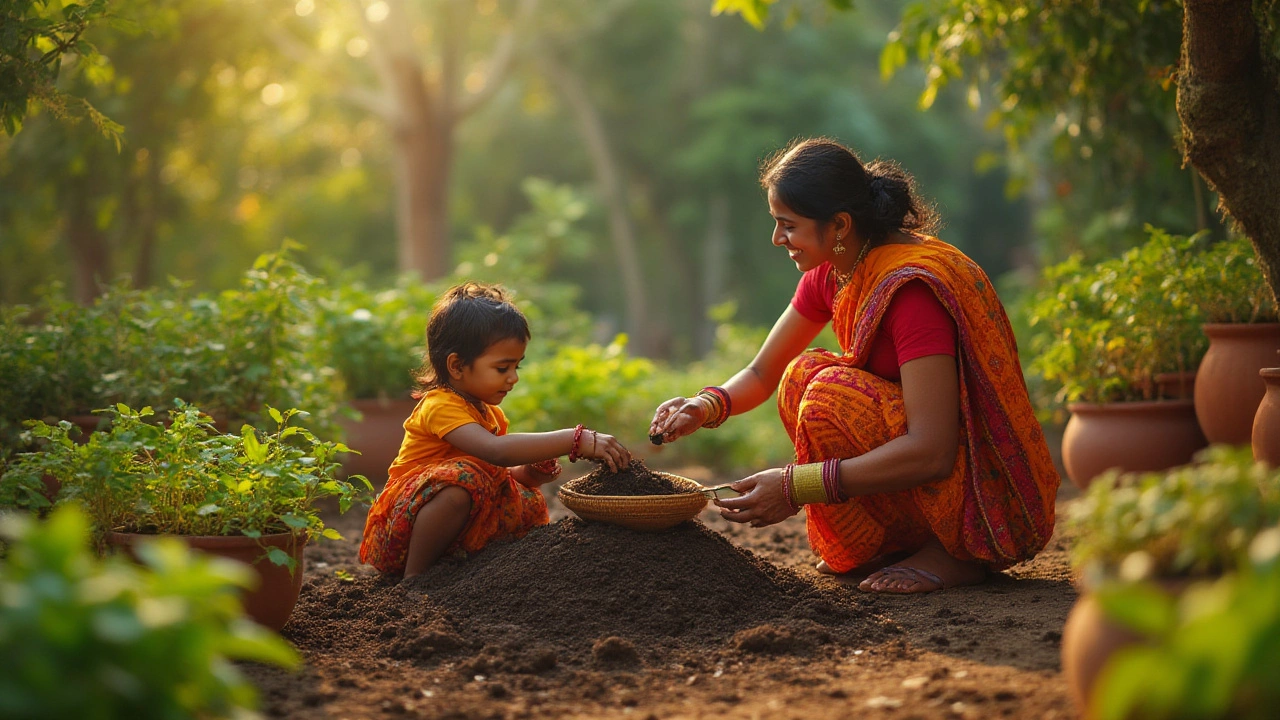Improve Drainage in Your Garden – Easy Steps That Work
If water sits in your garden after a rain, you’re not alone. Too much moisture can rot roots, attract pests, and slow plant growth. The good news is fixing drainage doesn’t need a big budget or fancy tools. Below are practical steps you can take right now to let water flow where it belongs.
Check Your Soil and Add Organic Matter
Clay soil holds water like a sponge, while sandy soil lets it drain too fast. The sweet spot is loam – a mix of sand, silt, and clay. If your soil feels sticky when wet, start mixing in compost, well‑rotted manure, or leaf mulch. These organic materials create tiny air pockets that let excess water move through the root zone. Spread a 2‑inch layer of compost over the beds and work it into the top 6‑8 inches. You’ll notice the soil feels lighter and water moves away faster.
Level the Ground and Create Gentle Slopes
Even a slight slope can guide water away from plant roots. Use a simple string level or a garden rake to spot low spots that collect puddles. Fill depressions with a mix of soil and sand, then smooth the surface. Aim for a gentle 1‑2% grade – that’s about a one‑centimeter drop over a meter. This subtle slope is enough to direct runoff toward drainage swales or a rain garden without eroding the soil.
If you have a larger area, consider building a shallow trench (a French drain) filled with gravel and a perforated pipe. The pipe carries water to a lower spot or a dry well, keeping the garden beds dry. Even a DIY version using a corrugated drain pipe will do the trick.
Use Raised Beds or Mounds
When the soil is stubbornly heavy, raised beds give you control. Fill the beds with a high‑quality planting mix that drains well. The height lifts roots above the water‑logged zone, and you can add a layer of coarse sand at the bottom for extra drainage.
Another option is to mound soil around vulnerable plants. A small mound (10‑15 cm high) raises the roots and prevents water from pooling directly around the stem. This works great for tomatoes, peppers, and fruit trees.
Install Drip Irrigation Wisely
Over‑watering is a common cause of drainage problems. Drip irrigation delivers water directly to the root zone, reducing runoff. Make sure the drip lines are buried at the right depth – usually 5‑10 cm for most garden plants. Too shallow and the water evaporates; too deep and it bypasses the root zone. A quick guide on optimal drip line depth can help you set it up correctly.
Plant Water‑Loving Species in Wet Areas
If a corner of your garden stays damp, turn it into a mini wet‑zone. Plants like cattails, iris, or butterbur love moist soil and can handle occasional standing water. By giving the wet spot a purpose, you avoid a soggy mess and add visual interest.
Finally, keep an eye on the weather. After heavy rain, walk the garden and spot any new puddles. Promptly fill them or redirect them before the soil hardens. Small, consistent actions prevent big drainage headaches later.
Improving drainage is all about making the soil breathe, guiding water away, and matching plants to conditions. Try one or two of these tips this weekend, and you’ll see healthier roots and happier plants in no time.
How to Loosen Heavy Garden Soil: Simple Additives for Better Texture
Heavy, compacted soil can suffocate plants. Discover easy ways to lighten your garden’s soil—add compost, sand, and more for healthier roots.
About
Soil Improvement
Latest Posts
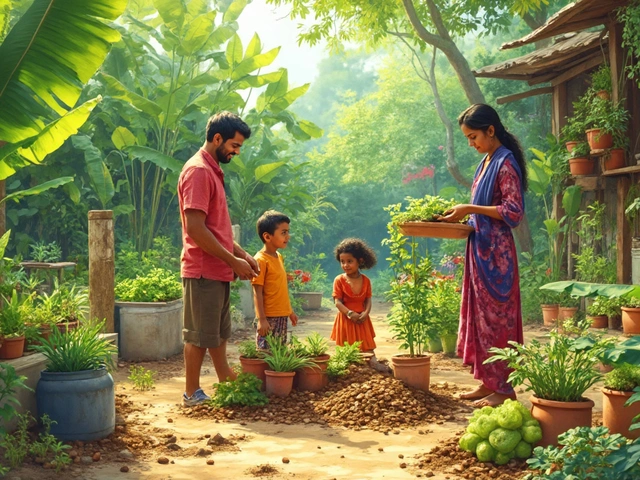

Best Balcony Orientation for Sunlight in Your Garden Setup
By Alden Thorne Feb 3, 2025
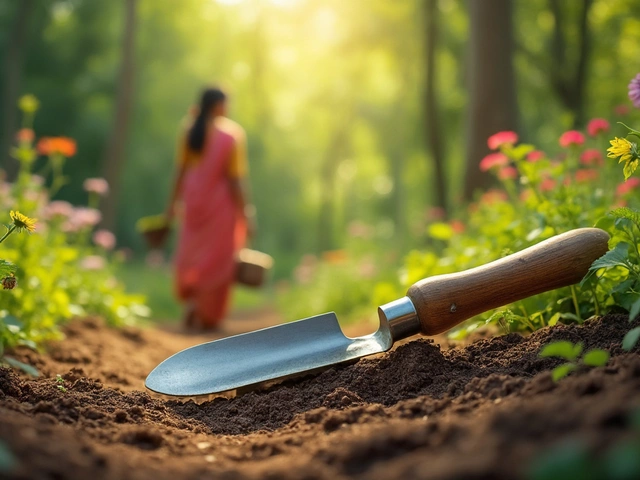
Discover the Most Crucial Gardening Tool for Success
By Alden Thorne Apr 14, 2025
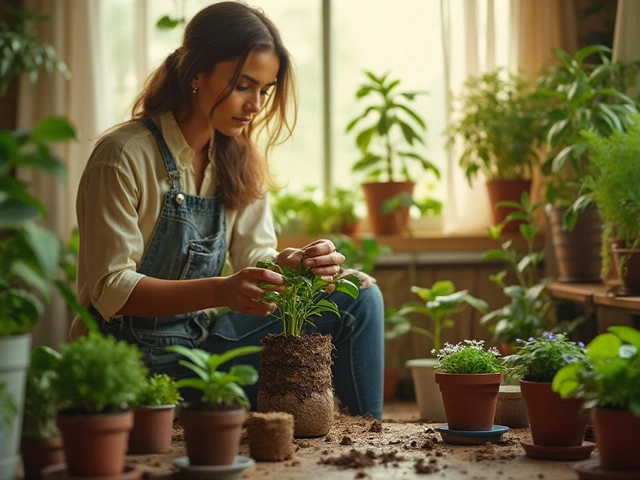
Common Indoor Plant Care Mistakes You Should Avoid
By Alden Thorne Jan 3, 2025
